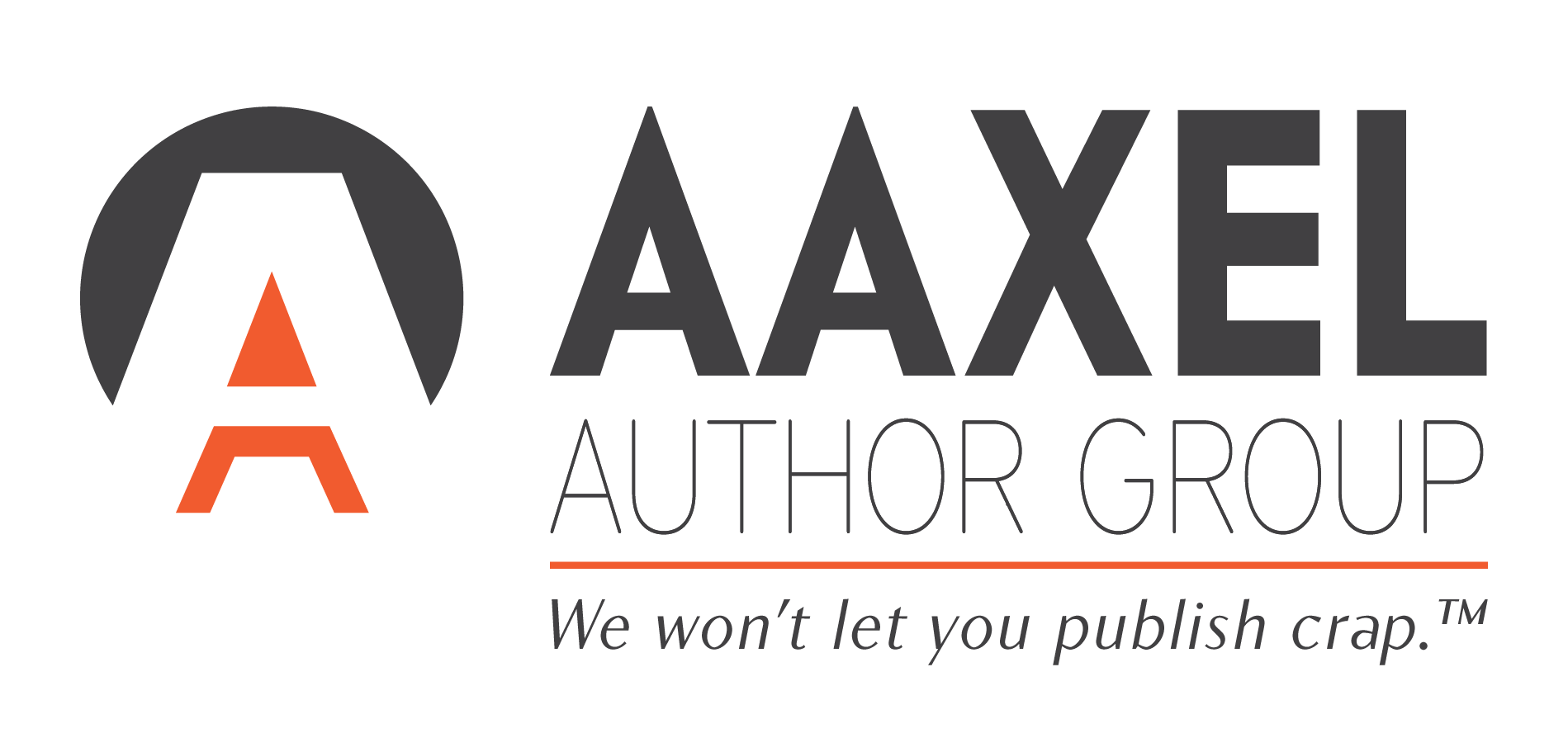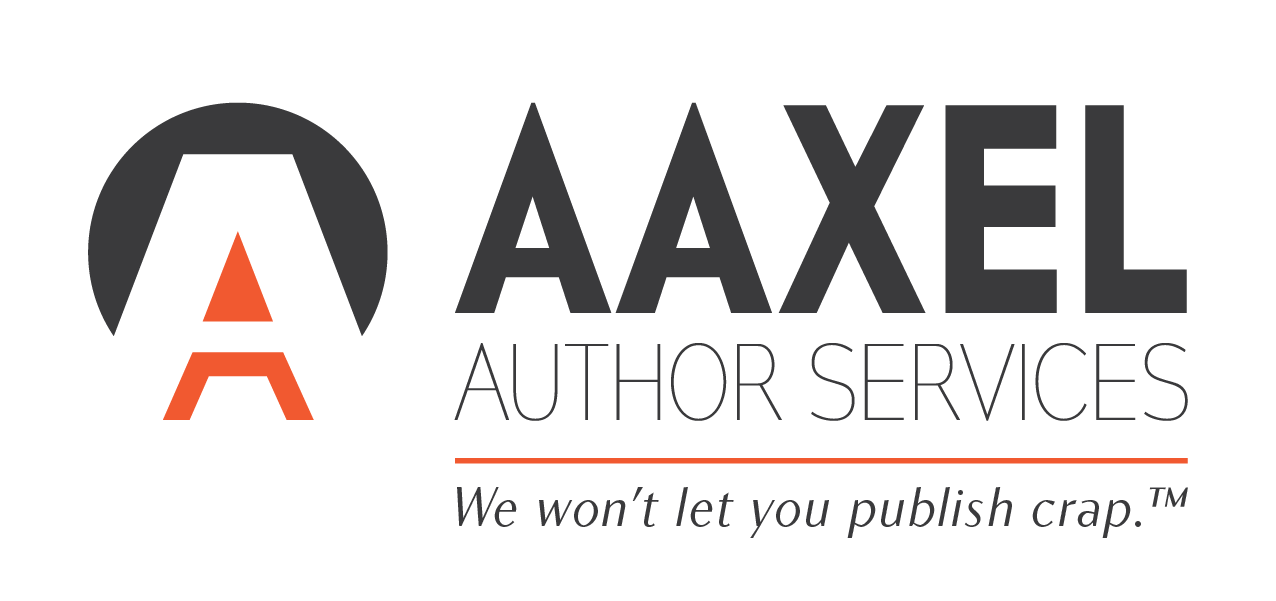NaNoWriMo Survival Tip #4: Looking Over Your First Draft
Now that NaNoWriMo is over, you (hopefully) have some kind of draft to show for all your efforts. If it’s a completed manuscript, congratulations! What an accomplishment. You may be tempted to immediately hire an editor, but hold on. Churning out a first draft is a big deal, even more so when it’s executed over the condensed period of thirty inspiring—and, let’s face it, crazy—days. So, before handing over your NaNoWriMo draft to any editor, there are some preliminary things you can do to bring your manuscript up a notch.
Here are some things to consider before handing over your NaNoWriMo draft to any editor:
Take a Break!
It can be easy to get so absorbed in your own work that when the time comes to do edits, you forget about the big picture and obsess over details. While focusing on the small things can be beneficial, what you first want to do is take a break. Once you have the first draft on the page, save and close your document and forget it even exists for a couple of days, or even weeks. This way, when you return to your manuscript, you will have a clean slate and a fresh set of eyes to analyze your work. It can also give you a chance to recharge after something as challenging as NaNoWriMo. If it helps, you can take this time to read other books and lose yourself in the magic and wonder of literature. Often, authors can get frustrated when self-editing, and by rekindling that spark of love for reading, this irritation can easily be avoided.
Remember the Big Picture
After you’ve taken your break, you’re ready to return to your work. Your first instinct might be to go line by line, or scene by scene and edit. However, the first thing you want to do is look at your story as a whole. Think of each scene as an individual meal in a five-course feast. You want to enjoy the dinner as a whole, appreciating it visually for its mass and completion before you dive into the appetizers and entrées. Some ways you can look at the big picture is to draw a plot mountain for your whole manuscript, only writing down the key moments in your story. Or, you can think about how your main character evolves from beginning to end, and ensure that the oh-so-beloved character development remains true throughout your story. Another way is to write a three-sentence elevator pitch about your work. Either way, you want to gather the ins and outs of your story from start to finish, so that you can explain to a paid editor exactly how you envision your manuscript.
Play with Formatting and Stylization
Our final tip for a preliminary edit is to dig into the meat of your work by way of syntax, paragraph structure, and dialogue. By doing this initial clean-up, you and your editor can collaborate more on plot-based editing rather than the minor details of language rules. If this doesn’t sound like something you want to tackle, you can also focus your energy on stylistic decisions. This involves modifying your book so it looks exactly as you envision it printed out onto paper. Whether it’s adding page numbers, creating a fancy font for each header, or designing an elaborate title page with acknowledgements, you can really tap into your inner editor here. You can add your own personal flair to your work that you’ve tirelessly poured countless hours of effort into, and start imagining all your hard work in actual book form. Nothing is more inspiring!
Once you have done your own look-over of your NaNoWriMo draft, you can start thinking about soliciting third party editing support. Not sure what kind of editing you need? Our blog post on the different types of editing will help. You can also check out our other services, such as manuscript evaluations and book publishing, or simply contact us!

